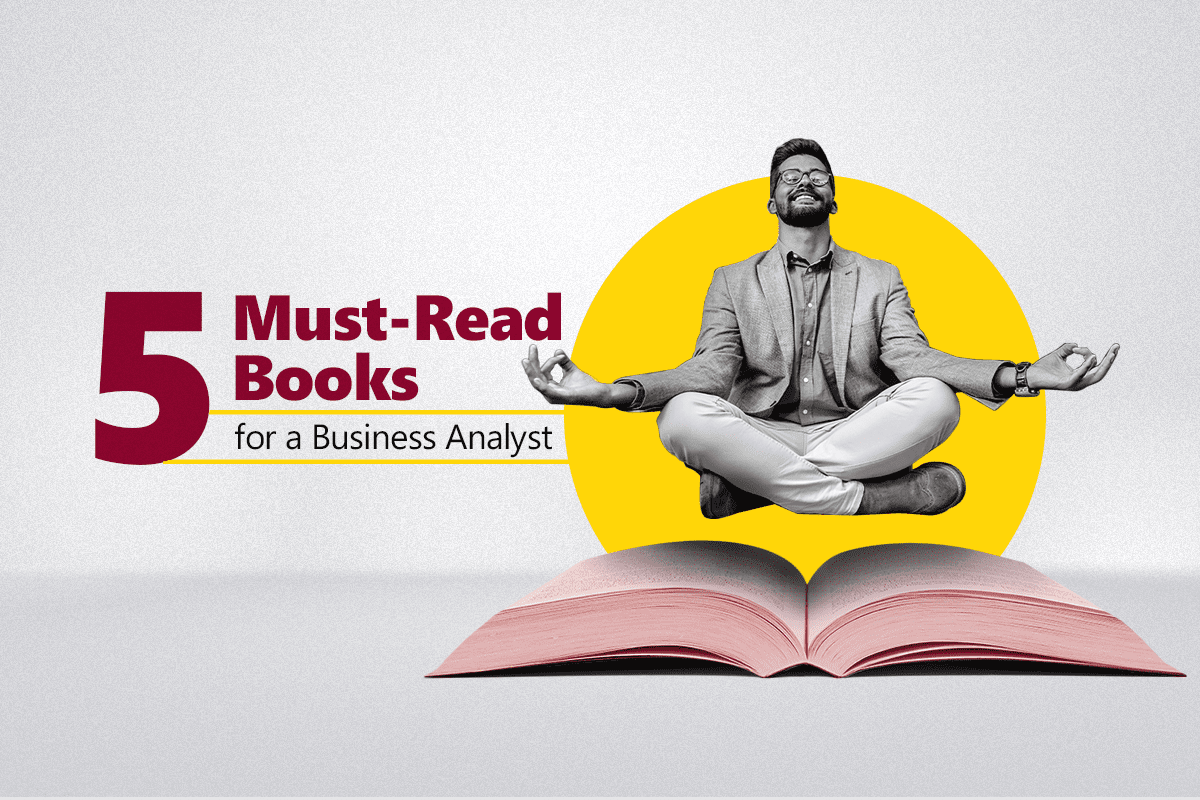A Masters in Business Administration (MBA) program is a pass to managerial and subsequently, leadership roles in a company. An aspiring student or professional who wants to pursue an MBA must make a choice between opting for a Global MBA v/s going for a regular MBA course offered in his own country. Let’s take the example of India here for explaining the concept better.
The Similarities
Whether one opts for a Global MBA or a regular one, the course content and structure is designed around key concepts such as finance & accounting, marketing & brand management, human resources management, operations management etc. In addition, the key aspects of managing teams and leading them, and organizational behaviour is also taught. Business strategies touching upon the above mentioned subjects make MBA a very interesting and enlightening course. A Global MBA and a regular MBA will both cover the above aspects in vivid detail.
What’s the difference then?
There are a few differences that clearly demarcate a global MBA from a regular one. We highlight it as below: –
- The Outlook: A Global MBA program is designed to enable the aspirants to gain the desired knowledge, skills, training, and interactions that can accelerate their journey towards becoming global business managers. The emphasis on international trade and business, and how it impacts organizations is touched upon more in a Global MBA program. A regular MBA program may not delve into International business and laws governing it in depth. However, it might enable the students to learn about each department of an organization in depth and apply the same in managerial roles.
- The diversity: A Global MBA program enrols students/ professionals from various nationalities. The faculty is also from different nationalities and backgrounds and hence it offers a truly global experience. The diversity that each group brings to class is significant and hence, offers great learning enriched by diverse perspectives and approaches to solving case studies and problems.
- The Prospects: A Global MBA program might offer enhanced prospects as companies from across the globe may be looking at placing bright students into their companies. It may enable students of the global program to tap opportunities in the world’s most exciting companies, leading technology behemoths, consultancy firms etc. A regular MBA would also enable you to get great opportunities, but may not be as diverse as a Global MBA.
- The Network – A regular MBA may provide a network that might be limited to a particular country (India, in our case). Of course, with the premier institutions, the alumni network may enable the students to expand their network, but it may still have a limited reach. With a Global MBA, the network that you will create will also be global. It may become easy for global MBA students to reach out to various companies, industry types, countries, and communities.
- Job Opportunities: A global MBA will open a plethora of opportunities for MBA students. What’s more, the remuneration may also be comparatively higher than a regular MBA. However, one must also consider such aspects along with the cost of a global MBA. The total cost of a global MBA would be much higher than a regular MBA.
Wrapping Up
While a global MBA looks like a clear winner, it may not be so. Students must consider the cost of a global MBA in terms of loans and funding required for travel and accommodation. A global MBA may also get impacted depending on economic cycles. For example – during a recessionary time when companies are likely to cut down on costs, a global MBA student may not find it easy to get the lucrative job that we have mentioned above. Also, a global MBA may often mandate a few years of relevant work experience which might make many MBA aspirants ineligible for it. While a regular MBA may not match up in terms of international exposure or global learning, it still offers great learning (both theoretical and practical) and enables students to become one of the most sought-after professionals in the country, especially if they have obtained their MBA from a premier business school. Aspirants must carefully consider all aspects of a regular and global MBA program before taking up either. It wouldn’t be a great idea to choose a Global MBA over a regular one without giving considerable thought to the merits and challenges that both bring along




